How to easily and inexpensively remove mold in a washing machine using rubber / rubber bands?
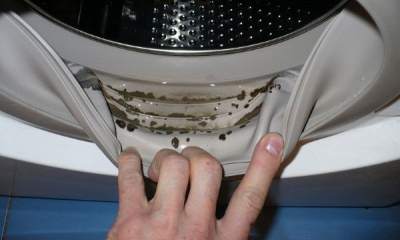 The washing machine has long been an integral part of any home. The basis of its long-term operation is periodic maintenance and constant cleanliness.
The washing machine has long been an integral part of any home. The basis of its long-term operation is periodic maintenance and constant cleanliness.
Like any other household appliance, the washing machine requires some care and a very unpleasant moment is the mold that appears on the rubber.
About, how to remove mold in the washing machine on rubber / gum, and also to prevent its occurrence, and this article will be.
Content
What are the reasons for the appearance?
The main effects of mold are: the appearance of dark spots on the sealing rubber and unpleasant moldy smell in the drum of the washing machine, which is subsequently transferred to the washed items.
Mold cannot be ignored, as it is a direct breeding ground for various diseases. Several common causes of mold and mildew include:
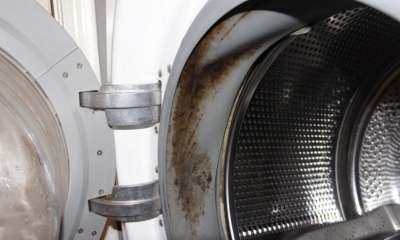 Washing clothes at low temperatures... This is strictly prohibited, it is better to alternate both operating modes and the temperature threshold.
Washing clothes at low temperatures... This is strictly prohibited, it is better to alternate both operating modes and the temperature threshold.- Remaining water inside the drum... Liquid can remain in the washer only if its drain system is not properly serviced and clogged. A simple button will result in permanent moisture in the drum.
- Uncovered door... The seal not only prevents water from leaking out during washing, it also prevents air from entering the machine after the process itself. A little liquid and an excess of oxygen are a favorable environment for the appearance of harmful microorganisms.
Leaving water in the drum even once can lead to rapid mold growth. Therefore, the washing machine requires constant care and periodic inspection.
How to remove folk remedies?
The first thing to start fighting mold with is a thorough examination of all work surfaces to identify any foci of mold.
Such surfaces include:
- drum door seal,
- washing powder tray,
- filter,
- water inlet and outlet hose.
In general, places that are constantly in contact with water. After processing and cleaning, these places should be re-inspected.
Vinegar is the main enemy of bacteria
Many housewives choose to use table vinegar to combat harmful microorganisms as a practical and inexpensive remedy. In terms of its effectiveness, vinegar is not inferior to expensive household chemicals.
Vinegar cleaning sequence:
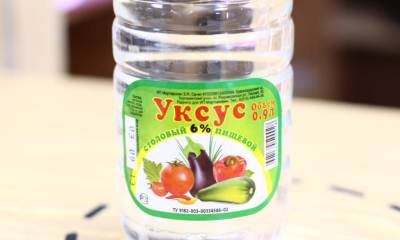 Pour at least 200 ml of table vinegar into the bleach container. For convenience, you can use a measuring glass.
Pour at least 200 ml of table vinegar into the bleach container. For convenience, you can use a measuring glass.- Start the longest operating mode and set the maximum temperature. Make sure the water in the washing machine is hot and the heating element is working properly.
- After the end of washing, 200 ml of vinegar must be poured into the container again. If desired, vinegar can be replaced with citric acid - it leaves a pleasant and fresh smell inside the drum. Start rinsing.
- After the end of the washing machine, you must repeat the process, and re-enable the rinsing mode. Now you don't need to pour vinegar or add citric acid, just rinse everything with plain water.
- The second rinse is over, you can open the door and wipe the inside of the drum clean with a dry cloth. Leaving wet spots is strictly prohibited.
Lemon acid
Simple and quick cleaning sequence rubber washing machine citric acid:
- Preparation of the work surface. To do this, wipe the rubber seal over the entire surface with an ordinary damp cloth. You can also use a soft dish-washing sponge and mild soap and water. Use a sponge or cloth to wipe off dirt and debris on the seal.
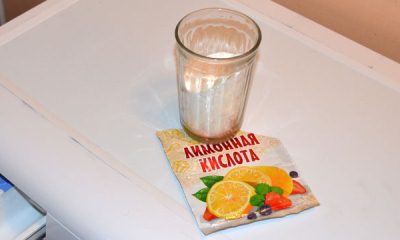 Coat the seal with a cleaning agent. It is best to use a denser cloth, soak it in a surface cleaner, then rub liberally around the drum lid.
Coat the seal with a cleaning agent. It is best to use a denser cloth, soak it in a surface cleaner, then rub liberally around the drum lid.Hard-to-reach places should not be missed, this is the first breeding ground for mold and mildew.
- Close the door tightly and leave the machine for at least 2 hours. After the end of the set time, the seal can not be wiped, but simply run the washing machine in the "Rinse" mode. Better to do it a couple of times.
- Add citric acid and turn on short-term operation with maximum temperature. After making sure that the heating element is working properly.
After the above steps, the purity of the rubber seal is guaranteed., you can safely start washing your clothes.
Peroxide and boric acid
You can clean the rubber of the washing machine using the products sold in every pharmacy: hydrogen peroxide and boric acid.
Hydrogen peroxide should not be applied immediately on rubber, before the process it should first be cleaned of mold. This drug is very effective - it kills the remnants of bacteria that are not visible to the human eye, and then whitens the surface.
Before using boric acid, it must be diluted with plain water.... After dilution, the solution should be applied to the rubber seal with cotton wool and left for 1-1.5 hours, then rinsed.
Before applying boric acid, it is necessary to protect the skin, for this simple household gloves are suitable.
Baking soda
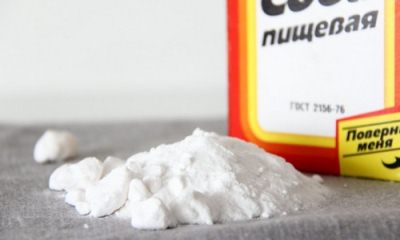 Baking soda is an inexpensive and practical way removal of mold, both from rubber surfaces and from paintwork.
Baking soda is an inexpensive and practical way removal of mold, both from rubber surfaces and from paintwork.
Soda diluted in water (one teaspoon per glass of water is enough) will not harm paint or enamel.
It is enough to wipe the contaminated surfaces with a sponge or household rag several times, then rinse the solution with plain water.
Top 5 chemicals for cleaning rubber parts
If folk remedies do not help, it's time to turn to special household preparations... Top 5 products will remove mold or mildew quickly, permanently and inexpensively.
HG
A universal product that removes mold, various types of harmful microorganisms, as well as an unpleasant odor. HG is more commonly used for cleaning tiles, but it is suitable for rubber and silicone products.
Mode of application:
- apply to mold or mildew,
- wait 1-2 hours,
- wash off with a damp sponge.
Price: from 400 rubles.
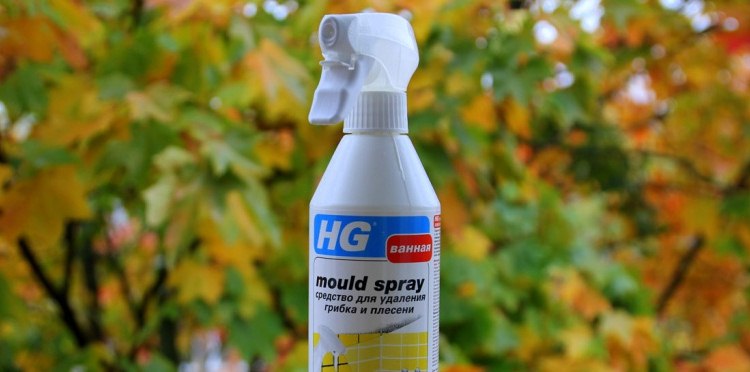
Tiret
The combination of affordable price and efficiency makes Tiret a very popular tool for cleaning washing machines from mold or mildew. The cost of 250 ml is only 200 rubles.
Mode of application:
- moisten a sponge with Tiret and rub the infected area several times,
- leave for 30-40 minutes,
- wash off with clean water.
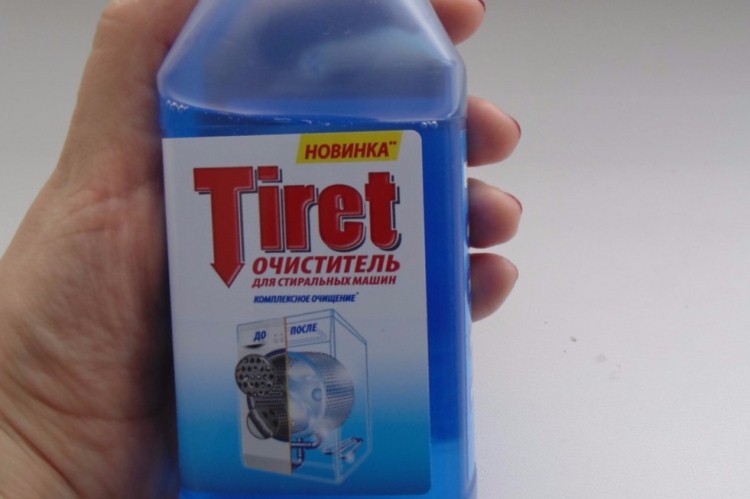
Blanidas
Blanidas belongs to the category of professional chemistry. Like HG, it is more commonly used for cleaning tiles and tiles, but can also be applied to rubber seals. Price: 400 rubles.
Mode of application:
- moisten a sponge in Blanidas and wipe the infected area several times,
- leave for 1-1.5 hours,
- wash off with clean water.
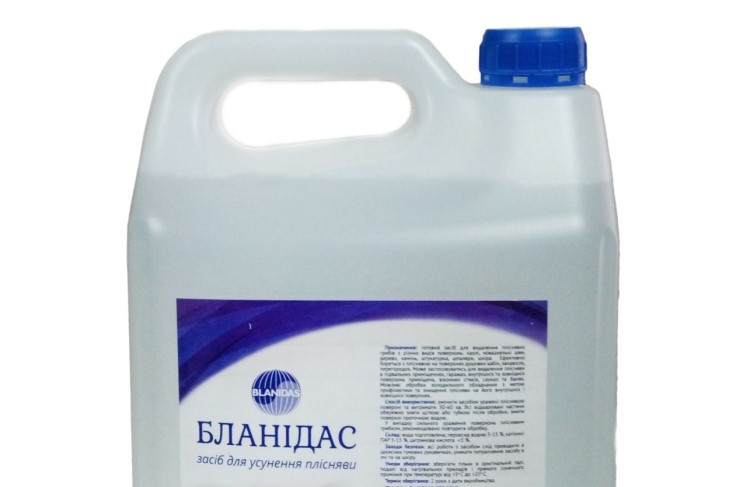
Dr. Beckmann
A good, quality product at an affordable price. The cost of Dr. Beckmann is only 300 rubles.
Mode of application:
- fill the contents of one Dr. Beckmann straight into the drum of the washing machine,
- turn on the "Rinse" mode,
- after finishing work, wipe the inner surface of the drum thoroughly and dry.
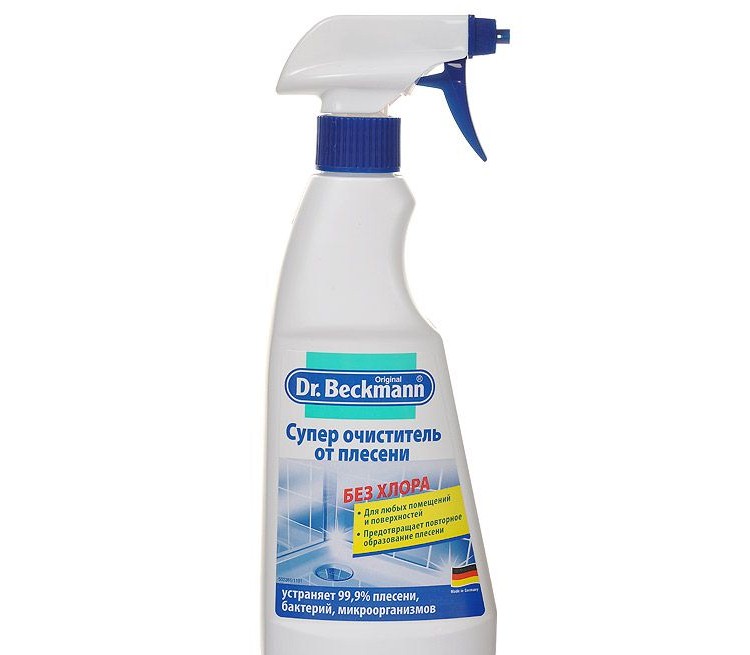
Sama
A cheap but high quality product for removing mold and mildew. Besides cleansing, it also has a disinfecting effect. Price: 100 rubles.
Mode of application:
- apply to the contaminated surface,
- wash off after 30 minutes with clean water.
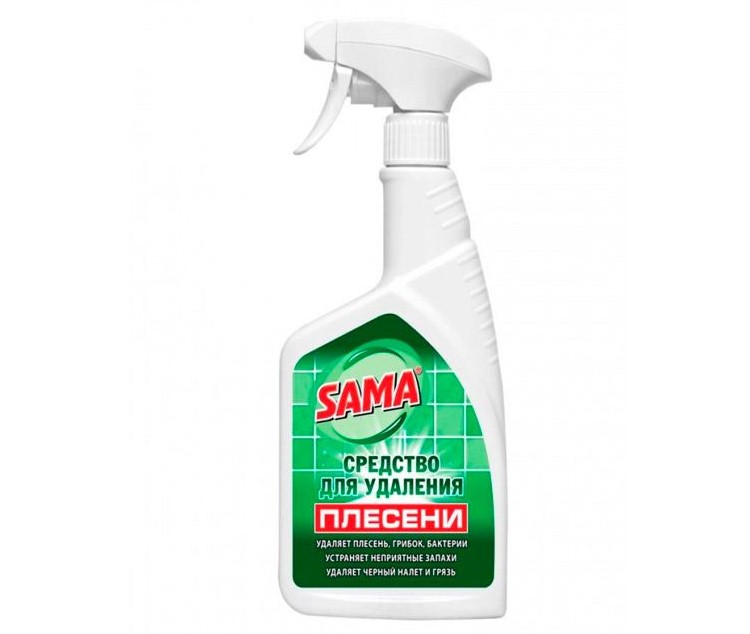
How to prevent mold stains?
The washing machine is free of harmful microorganisms, but if used improperly, mold and mildew can come back again.
To prevent this from happening there are some useful tips to follow:
- Even if the washing machine is properly drained, after washing the surface of the drum should be wiped dry with a dry cloth. Excess moisture not only leads to mold growth, but also shortens the life of metal parts.
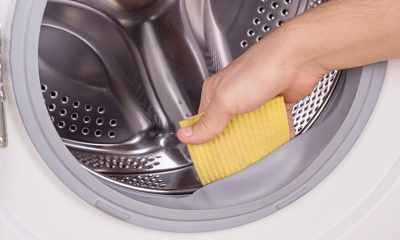 The ideal condition for the emergence of microorganisms is wet laundry left for an hour or two. To avoid this, the laundry should be taken away immediately after washing.
The ideal condition for the emergence of microorganisms is wet laundry left for an hour or two. To avoid this, the laundry should be taken away immediately after washing.- Do not leave water in the powder and bleach tray. After washing, the tray must be taken out and wiped dry with a cloth.
- The filter of the washing machine must be changed according to the instruction manual for the household appliance. The minimum delay will create a favorable environment for mold growth.
- Periodic preventive maintenance is a prerequisite for the long-term operation of the washing machine. Therefore, the laundry should be washed 2-3 times a month, turning on the maximum temperature regime.
This will help remove the breeding ground of harmful microorganisms in the bud., and also clean all surfaces of the household appliance from scale and other deposits.
What if all else fails?
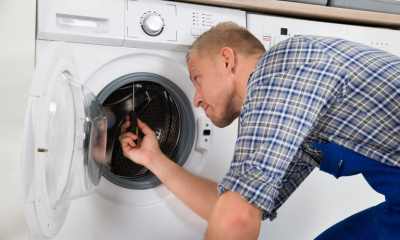 If all methods, methods and means have been tried, and the mold still remains on the seal, then the only way out is to replace it.
If all methods, methods and means have been tried, and the mold still remains on the seal, then the only way out is to replace it.
It is better to do this in a specialized center, or by calling the master at home.
Improper replacement of the seal will result in permanent water leakage during washing, which will not have a very favorable effect on the further operation of the household appliance.
Related Videos
How to clean your washing machine from mold:
Summing up
The article discusses the most practical and effective methods for cleaning the sealing rubber of the washing machine, as well as its internal parts.
The most effective are traditional methods: table vinegar and citric acid... These products not only destroy mold and mildew, but also descale the surfaces of the parts of the washing machine, which has a beneficial effect on its operational life.


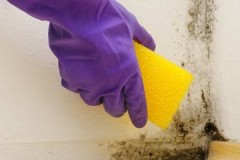
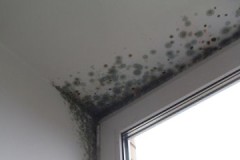
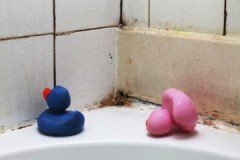
Vinegar stinks, so don't use it. Citric acid is better😉